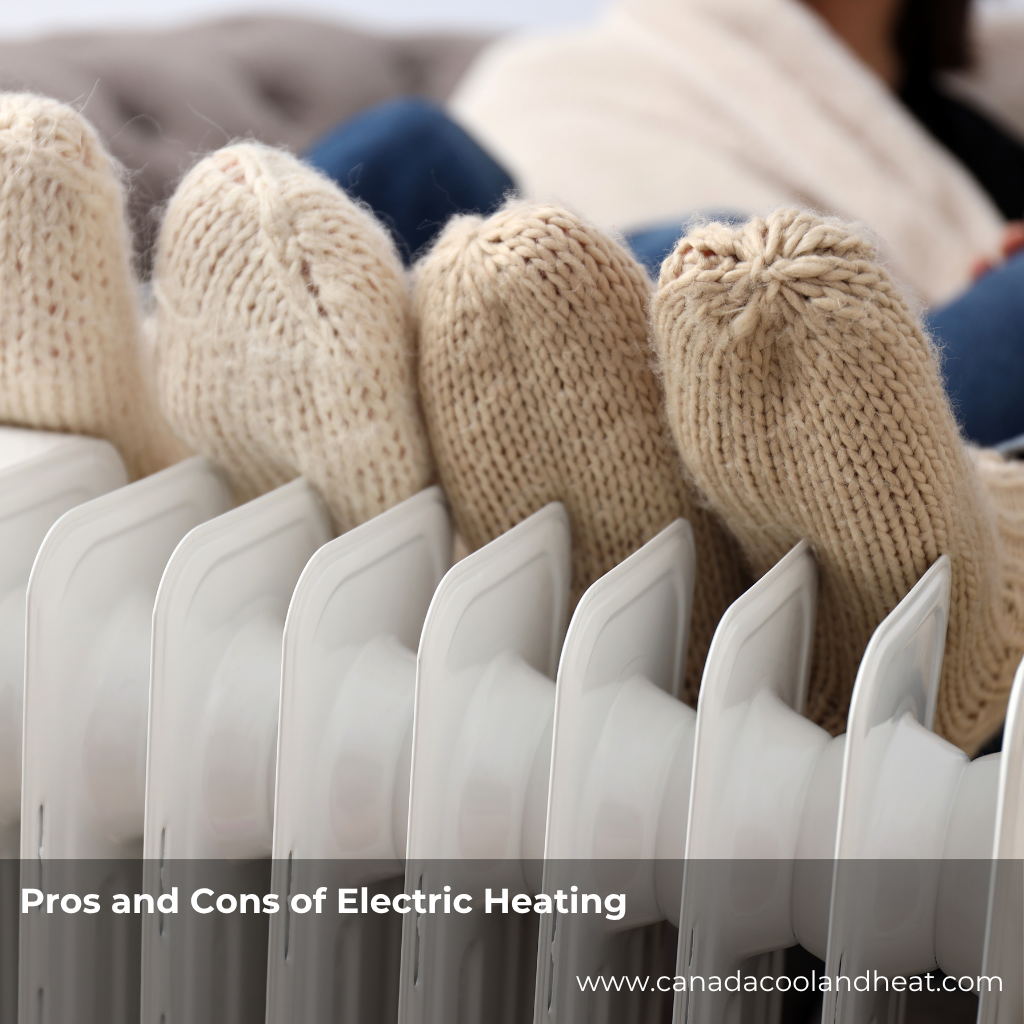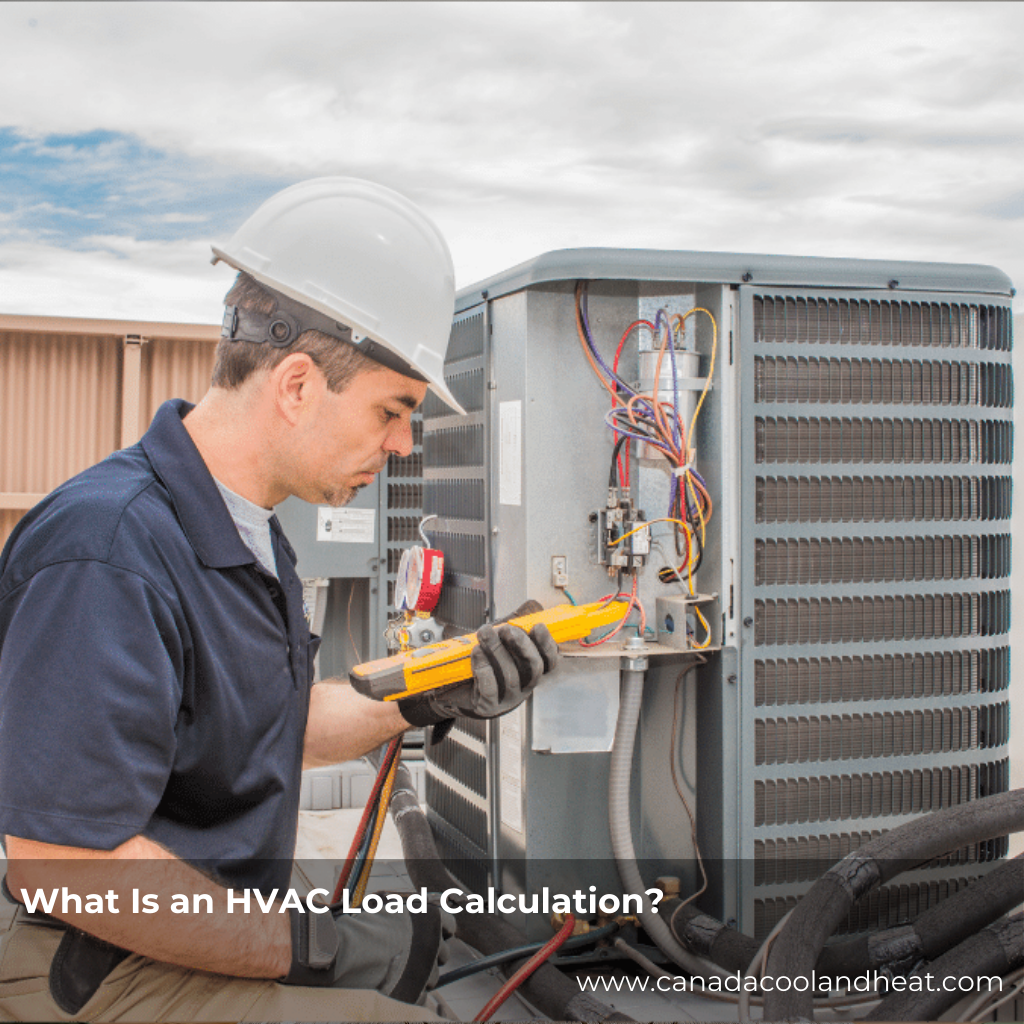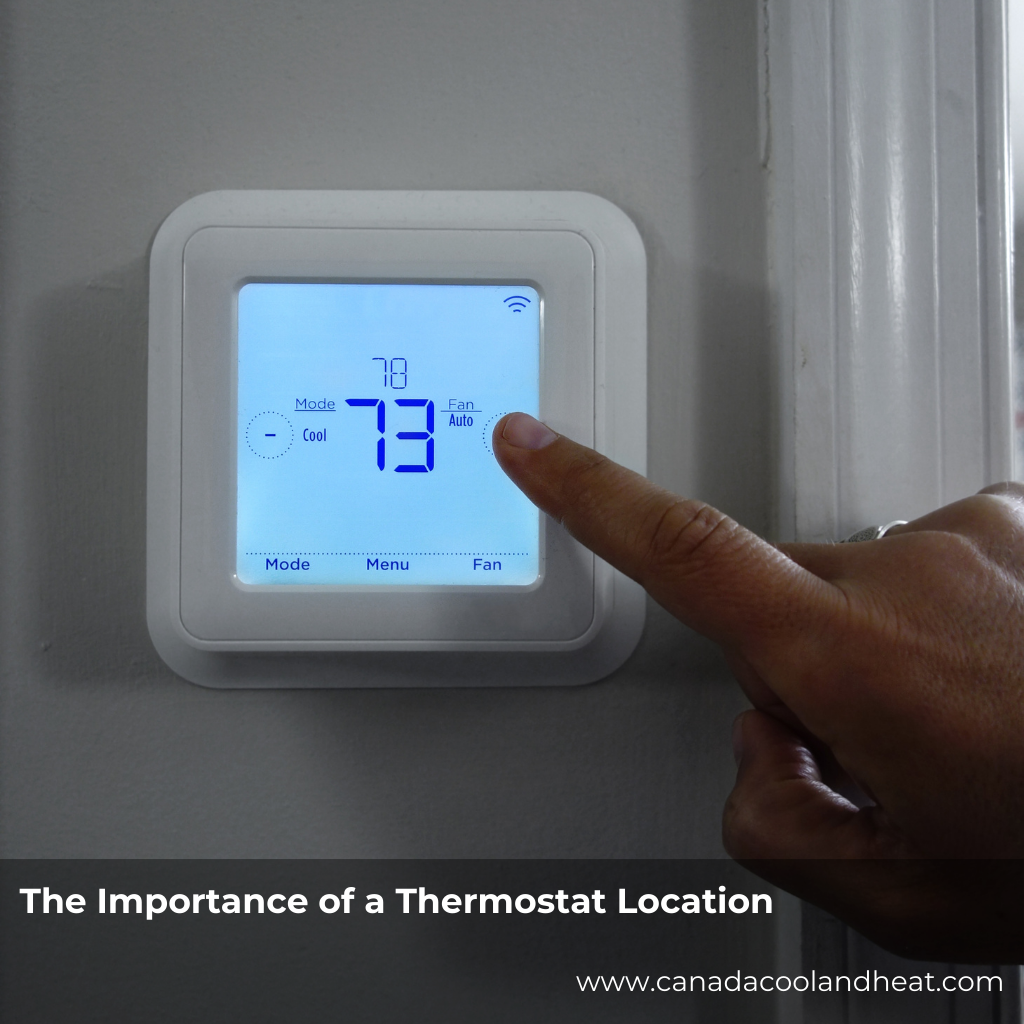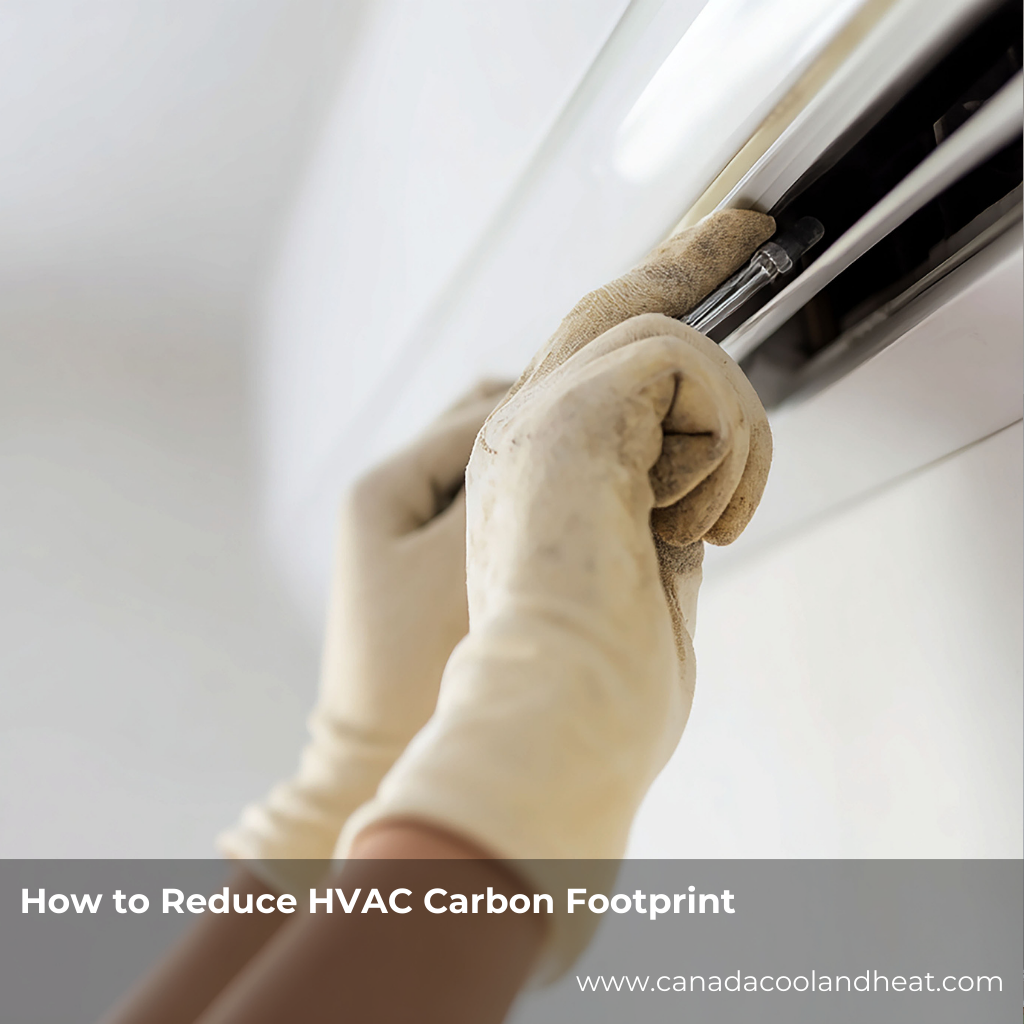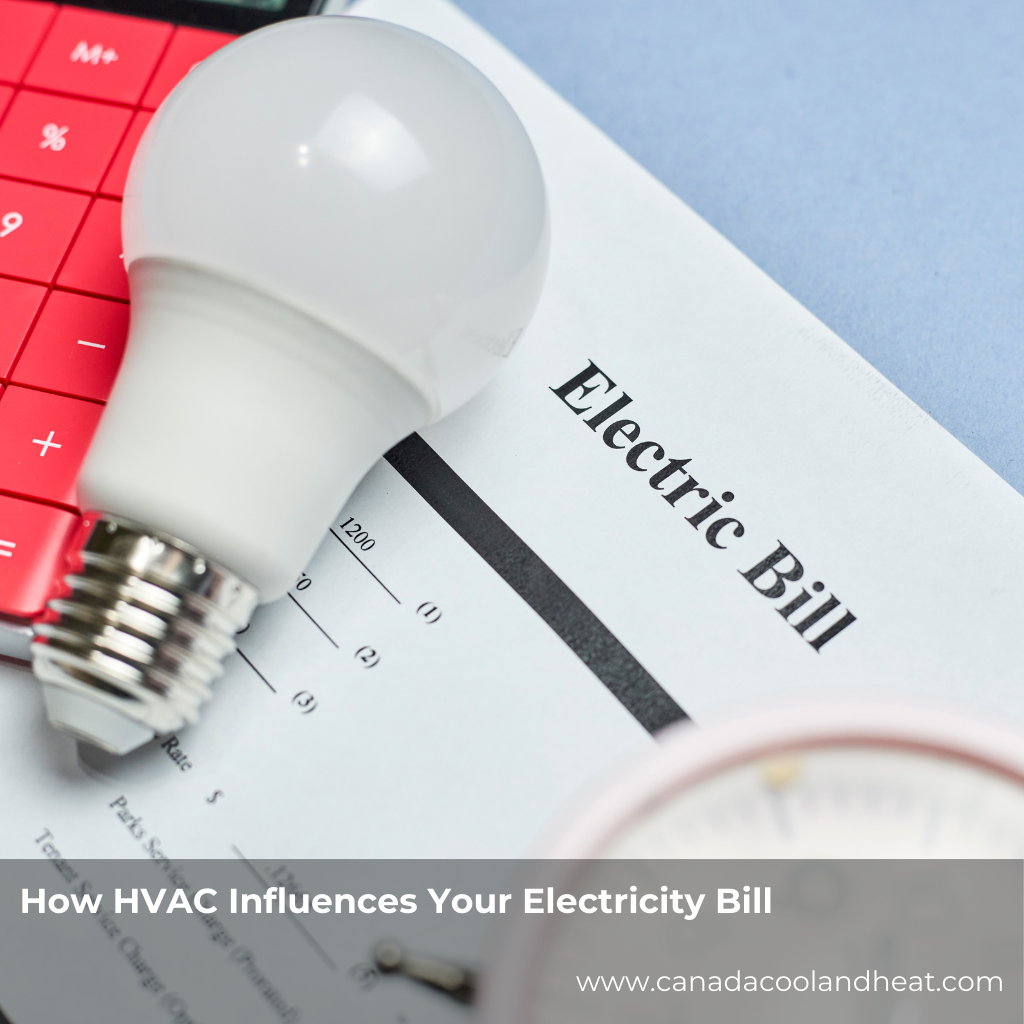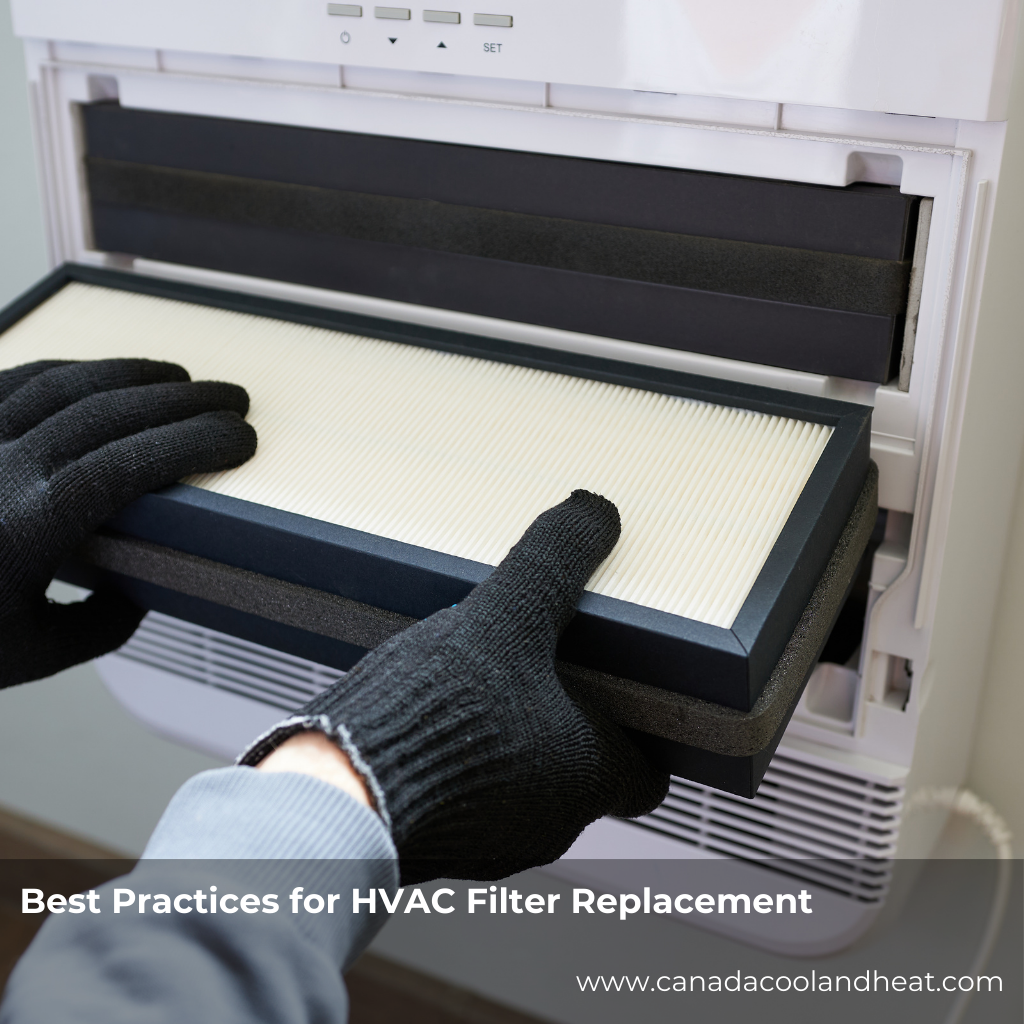The Pros of Electric Heating
Electric heating systems have evolved far beyond old baseboard heaters. Modern electric furnaces, radiant floor systems, and heat pumps bring efficient comfort to homes of all sizes.
1. Easy Installation
Electric systems don’t require gas lines, flues, or complex venting. That makes installation straightforward — a huge plus for remodels or all-electric homes.
2. Cleaner and Safer Operation
There’s no combustion, no fumes, and no carbon monoxide risk. You can rest easy knowing your heat source doesn’t introduce harmful byproducts into your home’s air.
3. Quiet, Steady Warmth
Electric heat is consistent. You won’t hear the roar of a gas burner — just steady warmth, perfect for open-concept kitchens where noise carries.
4. Environmentally Flexible
As more homes move toward renewable energy, electric heating becomes increasingly green. Pairing it with solar power makes it nearly carbon-neutral.
The Cons of Electric Heating
Despite its comfort and simplicity, electric heating isn’t perfect.
1. Higher Operating Costs
In many areas, electricity costs more than natural gas per unit of heat energy. That means electric systems can be more expensive to run during long winters.
2. Power Dependency
If a storm knocks out your electricity, your heating goes with it — unless you have a generator or battery backup.
3. Slower Heat Recovery
Electric systems take longer to raise the temperature after a cold night, especially in large or poorly insulated spaces.
4. HVAC Balance Challenges
This is where things get interesting: your kitchen’s vent hood can influence your home’s overall comfort. Let’s look at why.
Vent Hood HVAC Kitchens: The Hidden Balancing Act
In most homes, the kitchen vent hood is the unsung hero of indoor air quality. It captures smoke, grease, and cooking odors, sending them outdoors. But powerful vent hoods can also pull out conditioned air that your HVAC — and electric heating — worked hard to produce.
When too much air is exhausted without proper replacement, negative pressure can form inside your home. You might notice doors that are harder to close, drafts sneaking through cracks, or your heater running overtime to maintain temperature.
Balancing airflow between your HVAC system and vent hood is crucial for comfort and efficiency.
How to Balance Electric Heating and Kitchen Ventilation
1. Size Your Vent Hood Properly
A good rule of thumb is 100 CFM (cubic feet per minute) of ventilation per linear foot of cooking surface. Oversized hoods can waste energy and overwork your heating system.
2. Add Make-Up Air
If your hood exceeds 400 CFM, building codes often require a make-up air system. This introduces fresh outdoor air to replace what’s vented, maintaining pressure balance.
3. Coordinate with HVAC Design
Work with your HVAC professional to ensure your vent hood and electric heating system operate in harmony. Smart home systems can even sync ventilation with heating cycles for peak efficiency.
4. Seal and Insulate
Electric heating performs best in well-sealed homes. Ensure your kitchen ductwork, windows, and walls are insulated to prevent energy loss when the vent hood runs.
5. Use Smart Controls
Timers and variable fan speeds can help you use your vent hood effectively without over-ventilating.
The Energy Efficiency Connection
Electric heating thrives on efficiency, and ventilation is part of that equation. The tighter and more efficient your home, the more you need a balanced HVAC system. A well-designed vent hood system keeps indoor air fresh without wasting the warmth your electric heater provides.
By aligning heating, ventilation, and insulation, you create a home environment that’s cozy in winter, cool in summer, and energy-smart all year long.
Conclusion
Electric heating offers a safe, clean, and increasingly sustainable way to warm your home. But comfort isn’t just about heat — it’s also about air quality and balance. In vent hood HVAC kitchens, ventilation and heating systems must work hand-in-hand to maintain perfect indoor comfort.
So, whether you’re planning a kitchen remodel or upgrading your HVAC system, remember this: true comfort comes from harmony — between the heat you create and the air you breathe.
Frequently Asked Questions
1. Does a vent hood affect my electric heating efficiency?
Yes. A powerful vent hood can pull warm air out faster than your heater replaces it, reducing efficiency if not properly balanced.
2. What’s the ideal CFM rating for a kitchen vent hood?
Typically 100 CFM per foot of cooktop width. For example, a 30-inch range (2.5 feet) needs around 250 CFM.
3. Do I need make-up air for my vent hood?
Yes, if your vent hood exceeds 400 CFM. Make-up air helps maintain neutral pressure and keeps your HVAC balanced.
4. Are electric heating systems good for large homes?
They can be, but they may require zoning or heat pumps for efficiency and even temperature control.
5. How often should I clean my vent hood filters?
At least once a month for regular cooking, and more often if you fry foods frequently.
6. Can I use electric heating with a smart HVAC system?
Absolutely! Modern smart thermostats and HVAC controls work seamlessly with electric heating systems for optimized comfort and efficiency.

